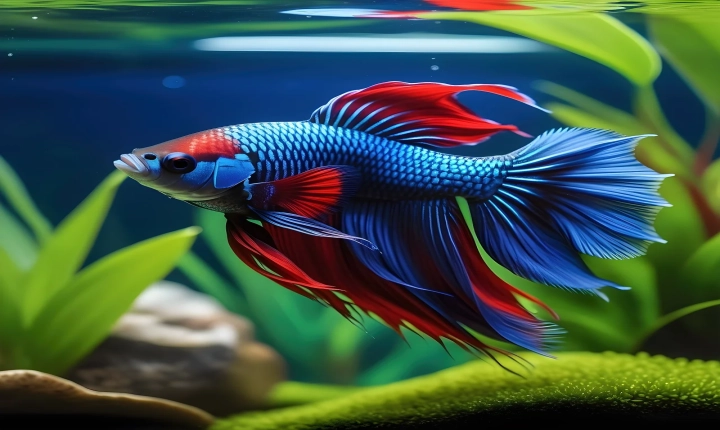Title: Exploring the Role of Artificial Intelligence in iPad Photoshop
In recent years, the integration of artificial intelligence (AI) has significantly transformed the capabilities of various creative tools and software. Adobe Photoshop, a leading image editing software, has also evolved to incorporate AI features, offering new possibilities for digital artists and photographers. With the release of Photoshop for iPad, many users are curious about the extent to which AI is integrated into the mobile version of this powerful software.
Adobe Photoshop for iPad is designed to bring essential Photoshop features to mobile devices, enabling users to work on their creative projects with a high degree of flexibility and convenience. The question of whether iPad Photoshop incorporates AI is an important one, as AI can enhance the user experience by automating repetitive tasks, assisting with complex edits, and increasing overall efficiency.
One of the key AI-powered features in iPad Photoshop is the Adobe Sensei technology. Adobe Sensei is an advanced AI and machine learning framework developed by Adobe, which is integrated into various Adobe Creative Cloud applications, including Photoshop. Sensei utilizes AI algorithms to analyze and understand image content, enabling features such as content-aware fill, object selection, and intelligent upscaling.
Content-aware fill is a prime example of AI integration in iPad Photoshop. With this feature, users can easily remove unwanted elements from an image and fill in the gaps seamlessly by letting the AI analyze the surrounding content and intelligently generate new pixels to blend into the image. This significantly streamlines the retouching process and reduces the manual effort required for complex edits.
Another notable AI-powered feature in iPad Photoshop is the Select Subject tool, which leverages machine learning algorithms to accurately identify and select the main subject in an image. This tool can be particularly useful for quick and precise selections, especially in complex or busy compositions. By harnessing AI capabilities, users can achieve more accurate and efficient selections, saving time and effort in their editing workflows.
Furthermore, the integration of Adobe Sensei in iPad Photoshop extends to the cloud-based processing capabilities offered by Adobe Creative Cloud. Leveraging the power of AI, Creative Cloud services provide intelligent features such as auto-tagging, keyword suggestions, and content analysis, which can enhance the organization and management of digital assets within the creative process.
While AI integration in iPad Photoshop has undoubtedly expanded the software’s capabilities, it is important to note that the current implementation of AI features may differ from the desktop version of Adobe Photoshop. The mobile platform presents certain limitations in processing power and resources, which may impact the extent to which complex AI algorithms can be executed in real-time on a mobile device.
In conclusion, the integration of AI in iPad Photoshop has undoubtedly brought enhanced capabilities to the mobile platform, allowing users to leverage AI-powered features such as content-aware fill, intelligent selection tools, and cloud-based processing. As AI continues to advance, we can expect further evolution and refinement of AI-powered features in iPad Photoshop, empowering users to unleash their creativity with greater efficiency and precision on their mobile devices. Adobe’s commitment to integrating AI technologies into their creative software demonstrates the potential for AI to revolutionize the way we engage with digital imaging and design, paving the way for a new era of creative possibilities.
